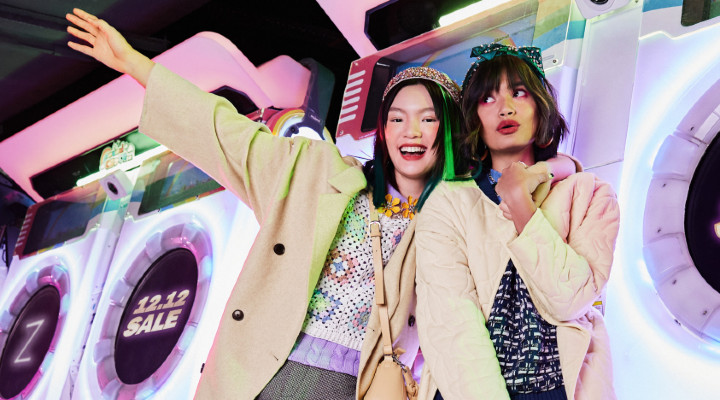Online shopping platform Zalora expects e-commerce to remain resilient despite the economic uncertainties facing businesses in Southeast Asia and an increasingly dimming global economy. According to the e-commerce company’s latest Trender report, emerging innovations like ‘shoppertainment’ and virtual retailing are enabling brands to further diversify their omni channel offerings and cater to modern consumers who expect more from online retail platforms. “During the pandemic, we sa
we saw how businesses recalibrated and pivoted, in a bid to not only become more digitally connected with the lockdown consumer but also to be constantly engaged,” a Zalora spokesperson said to Inside Retail.
“Retailers, brands and marketers must realise that it is no longer a race for total digitisation or to reach the last-mile purchaser, but rather a race for complete agility in this volatile climate.”
A refresher
According to the e-Conomy SEA report, Southeast Asia’s digital economy grew 20 per cent in 2022 compared to 2021, and it is on course to reach US$330 billion in gross merchandise value (GMV) in 2025.
The region’s digital transformation process is accelerating at a rapid pace, and discerning shoppers expect a seamless journey across both online and offline spaces. One example of this in the world of fashion is the transition from live streaming to augmented reality shopping.
Another driver is the increased adoption of cashless and e-payment methods. According to IDC, inclusive payment options are set to power e-commerce spending to US$179.8 billion by 2025, with digital payments making up 91 per cent.
At Zalora, the company saw digital payments go from 75 per cent in 2020 to 81 per cent in 2022. In Singapore, 98 per cent of transactions were made via digital payments, and Indonesia surpassed other Southeast Asian countries in their digital payment adoption.
New trends
Interestingly, conventional cash transactions decreased from 25 per cent in 2020 to 19 per cent in 2022. This where local banks and fintech players have pounced on the e-commerce opportunity.
Fintech companies like Ovo, Dana and LinkAja are helping consumers make e-commerce purchases. Similarly, Atome and Hoolah have introduced the buy now pay later (BNPL) option for consumers to purchase items regardless of financial background.
Another driver is demographics. Over half of the population is under the age of 35, and this group – Millennials and Gen Z – is behind many of the region’s online sales.
“Aside from placing importance on sustainability, these consumers are also becoming more politically-aware and will not hesitate to abandon their loyalty to a brand that has gone against their principles,” the Zalora spokesperson noted.
The rise of wellness
According to the report, wellness will be a big part of the future of fashion and retail more broadly.
“In particular, wellness has evolved beyond self-care to encompass a people and planet-friendly lifestyle that is both socially and environmentally conscious,” the spokesperson noted. “It is no secret that marrying environmental impact with social justice is top of mind for Gen Z and Millenials.”
This demographic also demonstrates a desire to break away from fast fashion and develop more sustainable buying habits. As such, it is important that retail and fashion businesses make an effort to progress their sustainability promises.
For instance, Zalora has ventured into the resale market, which has resulted in almost 70 per cent year-on-year growth for pre-loved clothing and accessories. This has been led primarily by Gen Z and Millennials.
What’s next?
Looking back on 2022 and now training its sights on 2023, Zalora’s spokesperson believes that with the return to in-store shopping and offline events, retailers must rethink their virtual as well as bricks-and-mortar strategies.
“Online shoppers are adept at shifting between reality and virtual landscapes, however it is the real world where they expand their experiences. Consumers are now demanding more personalised and humanised experiences,” the spokesperson added.
At the same time, they said retailers should consider investing in AI-powered automation to increase efficiency, create seamless customer experiences, and improve processes in logistics, customer insights, and customer support.

